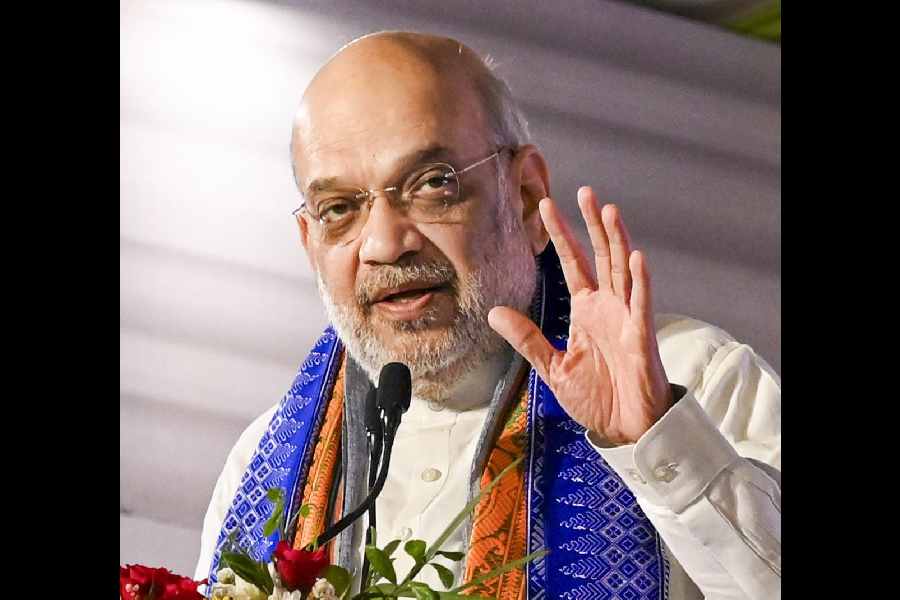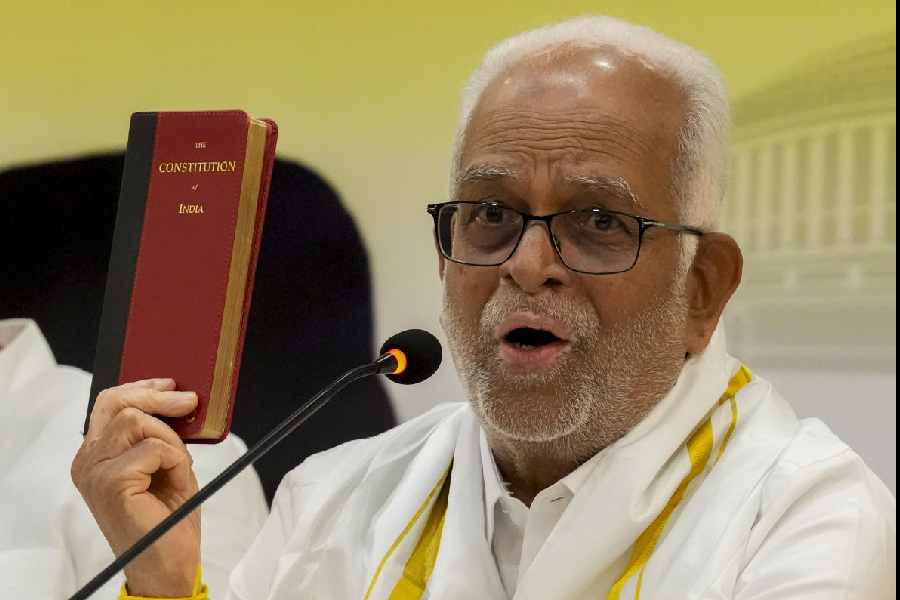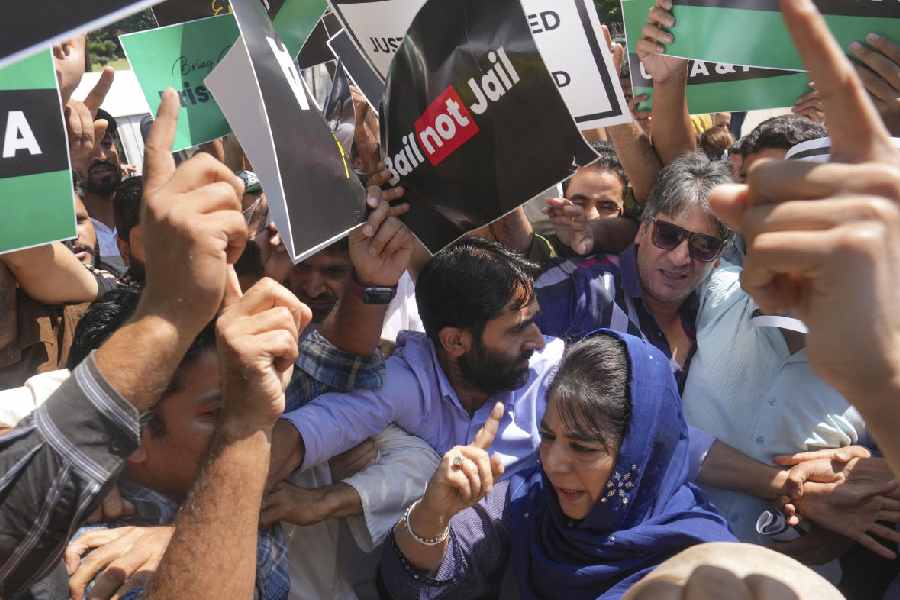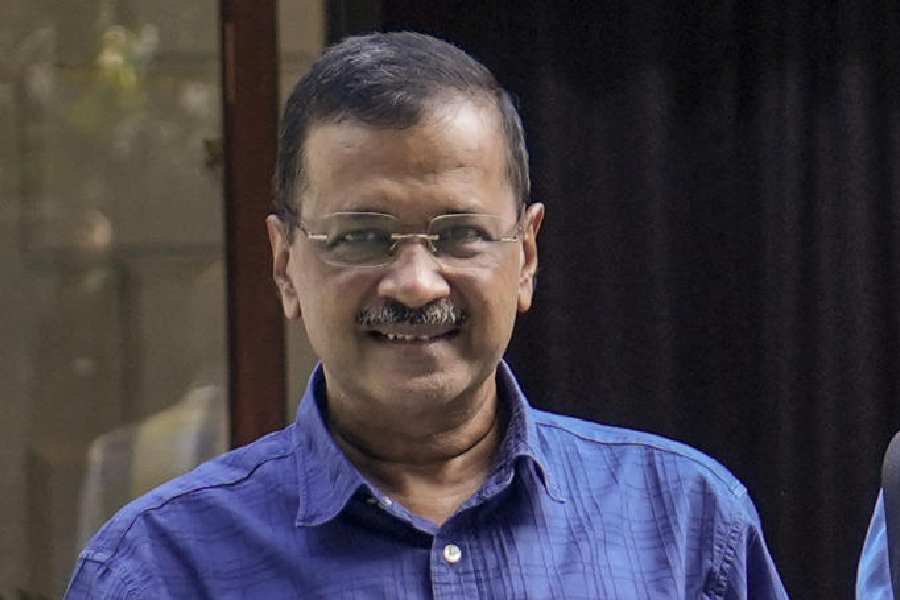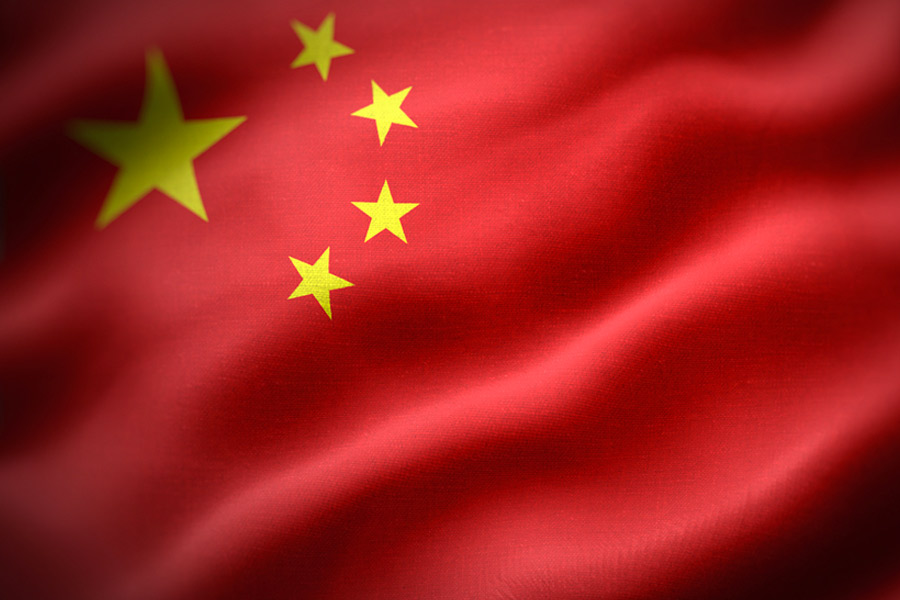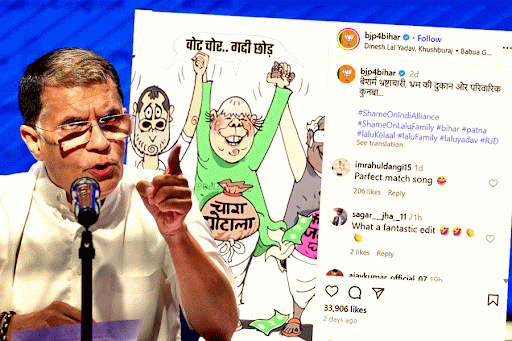 |
CEO baiters, and there are lots of them these days after the widespread publicity to the excesses of US companies, will tell you that once you reach the top spot, you stop working. Unhindered by tame boards, you spend your time making money or building your ego and image for post-retirement ambitions. Perhaps you want to become president of the country; you have such people in India too.
But what do CEOs do with their time when they are still CEOs? Some play golf; there are lots of deals struck on the greens. Some go globetrotting to their offices abroad. When you are in bad odour at home, it’s good to be an object of adulation in some other country. Ask Bill Gates. Nobody notices him in the US, even at Microsoft. (That is part of the company’s culture.) In India, they get elephants to welcome him.
But when the CEO is ostensibly working, what does he do? A Harvard Business School study gives some numbers. More than the headline findings, however, the lesser observations are worth noting.
A CEO spends 60 per cent of his time in meetings. He works alone 15 per cent of the time. Business lunches and phone calls take up another 19 per cent, with public events bringing up the rear .
• When the data are sliced and diced, there are some interesting sidelights.
• The average CEO works 47.7 hours over a five-day week.
• The CEO spends 42 per cent of his time with insiders only, 25 per cent with both insiders and outsiders, and 16 per cent with outsiders alone.
• CEOs with larger boards spend less time with insiders and more time with outsiders alone. A 1 percentage point increase in board size reduces the time spent with insiders by 0.24 per cent while it increases the time spent with outsiders alone by 0.47 per cent.
• CEOs who work for MNCs based in countries with better governance spend more time with insiders and less with outsiders alone.
• There is a strong positive correlation between hours worked and productivity.
• As CEOs work more hours, those extra hours go to meetings with people inside the company. The hardest-working CEOs spend more time with their own people.
With whom does the CEO spend his time? Amongst insiders, the top billing goes to finance, followed closely by marketing. Directors come next, then strategy, and human resources (HR) in fifth spot. Amongst outsiders, consultants claim the top spot, with clients, investors, banks and suppliers following.
HR professionals aver that in India, their tribe is just as low priority. Recruitment may be more important here. But many CEOs prefer to do the job themselves. When K.V. Kamath was CEO of ICICI Bank, he used to visit IIM Ahmedabad himself during placement season. The HR department is brought in only after the decisions have been taken.
There are divergences from the Harvard findings. Most CEOs in India, unless they belong to laidback multinationals, work close to 60 hours a week. They burn out faster. But they often continue as CEO for reasons of “loyalty”. But other “loyalties” may claim precedence sometimes. A much-respected IT company has gone through several CEOs, while the chair was being prepared for the son of the promoter.
Among outsiders (in CEO meetings), consultants don’t command pride of place here. In fact, most CEOs treat them as necessary nuisances. Consultants are needed only when you interact with global firms. But they are not regarded as bringing any other value to the table.
In India, the top external category would be banks. Among insiders, finance would take top spot, as it does in the Harvard study. As Indian companies go full speed ahead on the growth path, they need money for their plans. Whenever there is a slowdown, they outrun the constable. Indians are good at handling money; but they can’t manage debt.
MEETING, MEETING
How CEOs spend their time
Meetings 60%
Works alone 15%
Business lunches 10%
Phone calls 9%
Public events 6%


